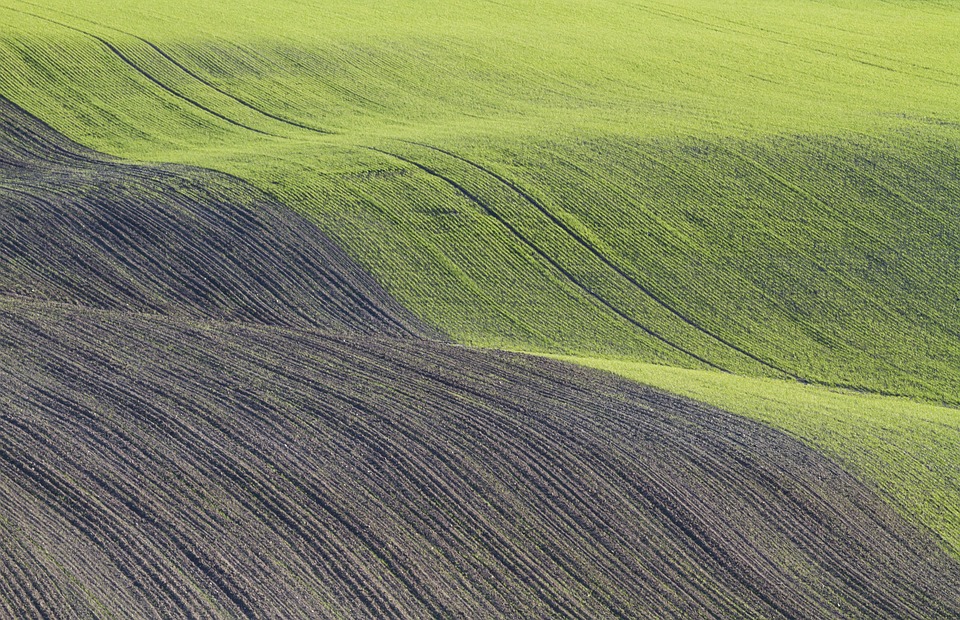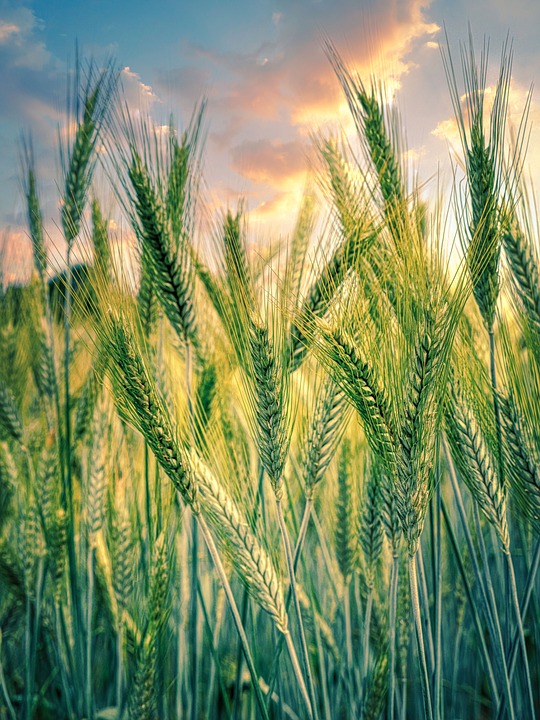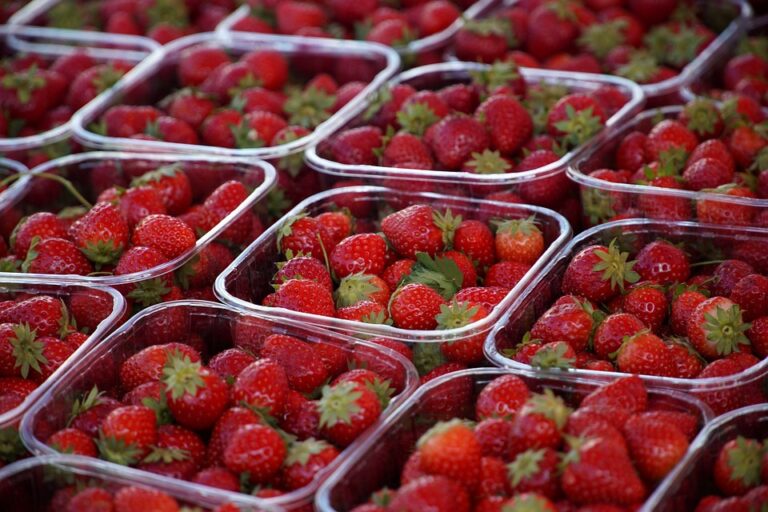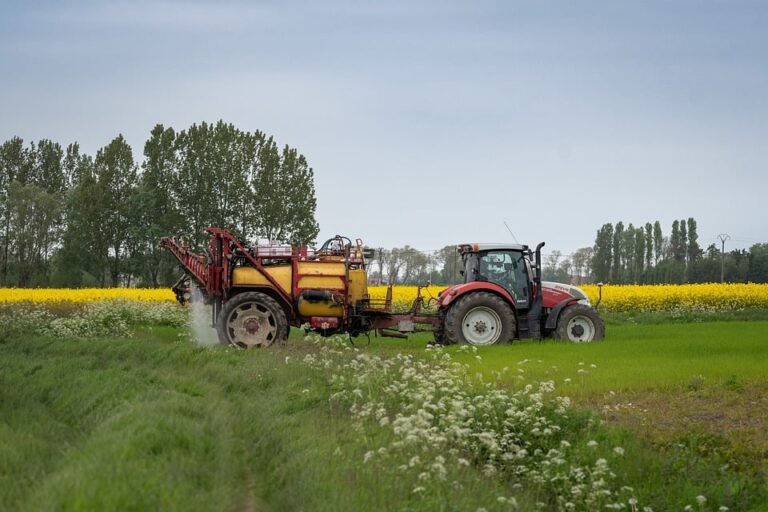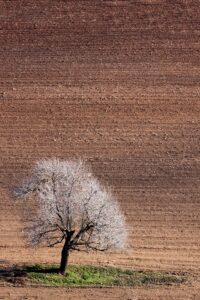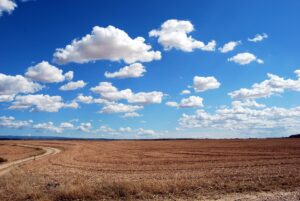Weather Patterns and Their Impact on Plowing and Sowing in Rekshino
Introduction
Weather patterns play a significant role in agriculture, influencing the timing and success of plowing and sowing activities. In Rekshino, a small agricultural town in Eastern Europe, farmers rely heavily on the weather to determine when it is best to prepare their fields for planting. Understanding how weather patterns can impact plowing and sowing is crucial for farmers in this region to maximize crop yields and ensure a successful harvest.
Weather Patterns in Rekshino
Rekshino experiences a temperate climate with distinct seasons. Winters are cold and snowy, while summers are warm and humid. Spring and autumn are relatively mild, with fluctuating temperatures and occasional rain showers. The region is also prone to sudden weather changes, with strong winds and storms occurring periodically throughout the year.
Impact of Weather on Plowing
Plowing is a crucial step in preparing the soil for planting. The timing of plowing is important, as the soil needs to be dry enough to prevent compaction and allow for proper seedbed preparation. In Rekshino, the winter snowmelt and spring rains can make the soil too wet and muddy for plowing. This can delay plowing activities, leading to a shorter planting window and potentially reducing crop yields.
On the other hand, dry weather can also pose challenges for plowing. Drought conditions can make the soil hard and compacted, making it difficult for plows to penetrate the ground. Farmers in Rekshino must carefully monitor the weather forecast and soil moisture levels to determine the best time to plow their fields.
Impact of Weather on Sowing
Sowing is the process of planting seeds in the soil. The success of sowing depends on various factors, including soil moisture, temperature, and weather conditions. In Rekshino, the timing of sowing is critical to ensure optimal germination and crop development.
Excessive rain can delay sowing activities, as wet soil conditions can make it challenging to access fields and operate planting equipment. Waterlogged soil can also inhibit seed germination and lead to crop failure. Conversely, drought conditions can cause seeds to dry out and fail to germinate, resulting in reduced yields.
Temperature also plays a crucial role in sowing. Cool temperatures can slow down seed germination and growth, while frost can damage emerging seedlings. Farmers in Rekshino must consider the weather forecast and choose the best time to sow their crops to maximize the chances of a successful harvest.
Adapting to Weather Challenges
Farmers in Rekshino have developed various strategies to adapt to the challenges posed by unpredictable weather patterns. One common practice is conservation tillage, which involves minimizing soil disturbance to improve water retention and reduce erosion. Conservation tillage can help farmers cope with fluctuating weather conditions and maintain soil health for sustainable crop production.
Farmers in Rekshino also use cover crops to protect the soil from erosion and improve soil structure. Cover crops help retain moisture in the soil and provide organic matter for improved fertility. By diversifying their cropping systems and incorporating cover crops, farmers can better withstand extreme weather events and ensure a stable food supply.
Conclusion
Weather patterns have a profound impact on plowing and sowing activities in Rekshino. Farmers in this region must carefully monitor the weather forecast and adapt their farming practices to cope with unpredictable conditions. By understanding how weather patterns can affect crop production, farmers can maximize yields and ensure food security for their communities.
